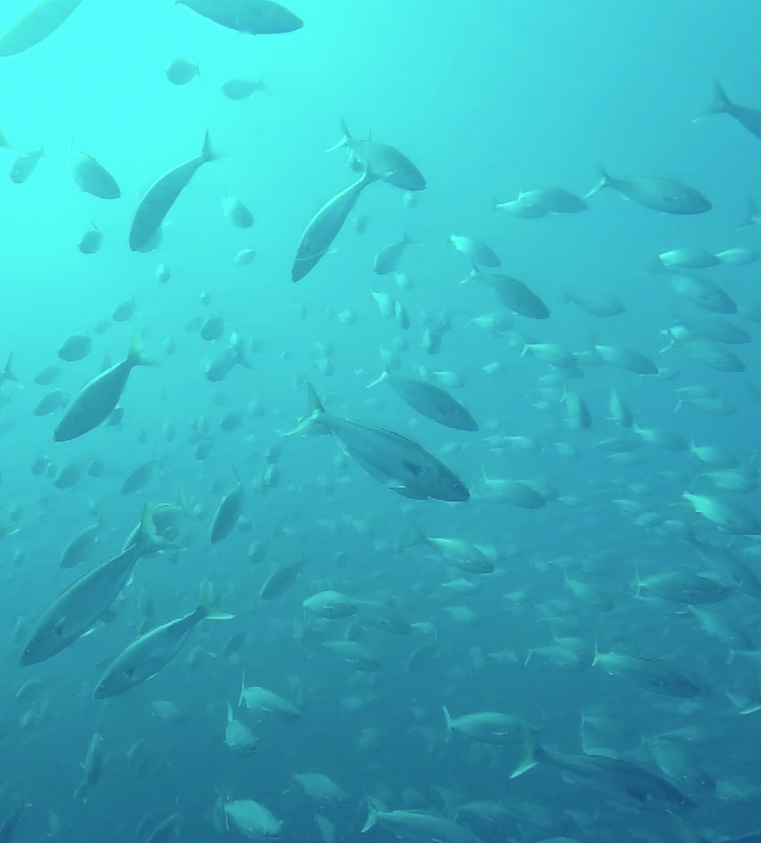In fisheries, biomass is an estimate of the total quantity of fish in a given area.
Biomass can be expressed in different ways, depending on what you are trying to measure. For example, biomass can be an estimate of the number of fish able to breed, or biomass can be expressed as the estimated total weight of all fish in a fish stock.
‘Initial’ biomass is an estimate of a fish population before industrial fishing began, or the population size it would eventually return to if fishing stopped (NIWA).
It is important to measure initial biomass to understand whether current fish populations are overfished or not. An estimate of current stock size is generated using recent catch reports. The estimate of current stock size is then measured against the initial biomass to get a percentage of how much fish we have now.
Understanding how much fish we have now can inform fisheries decisions, whether current catches can be maintained, increased or need to be decreased.


